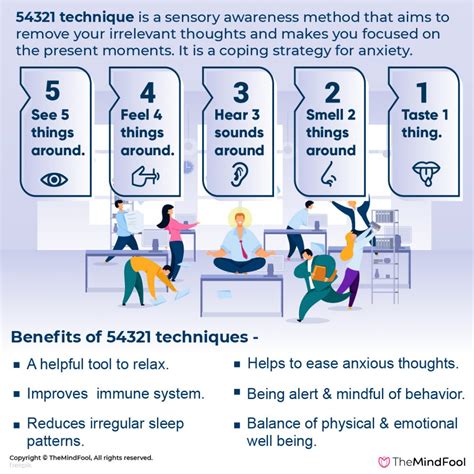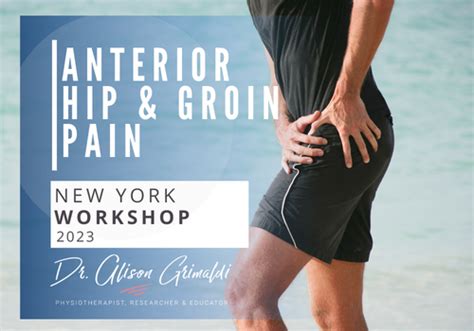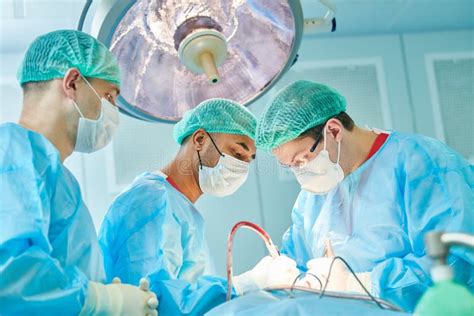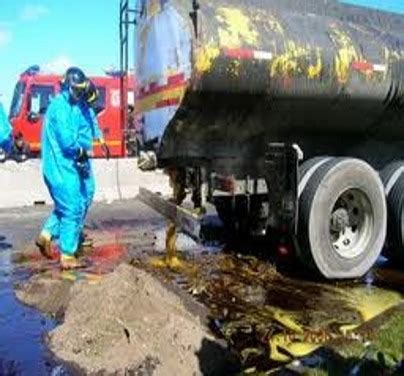Intro
Treat groin strain effectively with 5 proven methods, including physical therapy, stretching, and rest, to alleviate pain and promote healing, while preventing further injury and strain.
The groin area is a sensitive and vital part of the human body, and any strain or injury to this region can be quite painful and debilitating. Groin strains are common among athletes and individuals who engage in physical activities that involve sudden stops, sharp turns, and quick changes of direction. The importance of treating groin strains promptly and effectively cannot be overstated, as neglecting to do so can lead to prolonged recovery times, decreased performance, and increased risk of further injury. In this article, we will delve into the world of groin strains, exploring the causes, symptoms, and most importantly, the various treatment options available.
Groin strains can occur due to a variety of reasons, including overstretching, direct blows to the groin area, and sudden contractions of the muscles. The severity of the strain can range from mild to severe, with symptoms varying from mild discomfort to severe pain, swelling, and limited mobility. It is crucial to seek medical attention if the pain is severe, or if there are signs of infection, such as redness, warmth, or swelling. In most cases, however, groin strains can be treated with a combination of self-care, physical therapy, and medical interventions.
The treatment of groin strains is a multifaceted approach that involves a combination of rest, ice, compression, and elevation, as well as physical therapy, medication, and in some cases, surgery. The goal of treatment is to reduce pain, promote healing, and restore function to the affected area. With the right treatment approach, individuals can expect to make a full recovery and return to their normal activities in a relatively short period. In the following sections, we will explore the various treatment options available for groin strains, including self-care, physical therapy, medication, and surgery.
Treatment Options for Groin Strain

Self-Care and Home Remedies
Self-care and home remedies play a crucial role in the treatment of groin strains. The RICE principle, which stands for rest, ice, compression, and elevation, is a simple yet effective approach to managing the symptoms of groin strains. Resting the affected area, applying ice to reduce pain and inflammation, compressing the area with a bandage or wrap, and elevating the affected limb above the level of the heart can help to reduce pain, promote healing, and prevent further injury.Physical Therapy for Groin Strain

Medication and Pain Management
Medication and pain management are also important aspects of the treatment approach for groin strains. Over-the-counter pain medications, such as acetaminophen or ibuprofen, can help to reduce pain and inflammation. In some cases, prescription medications, such as muscle relaxants or painkillers, may be necessary to manage more severe pain.Surgical Intervention for Groin Strain

Rehabilitation and Recovery
Rehabilitation and recovery are critical components of the treatment approach for groin strains. A rehabilitation program can help to improve flexibility, strength, and range of motion, reducing the risk of further injury and promoting a full recovery. The rehabilitation program should be tailored to the individual's specific needs and goals, taking into account the severity of the strain, as well as the individual's overall health and medical history.Prevention of Groin Strain

Conclusion and Final Thoughts
In conclusion, the treatment of groin strains requires a multifaceted approach that involves a combination of self-care, physical therapy, medication, and in some cases, surgery. By understanding the causes, symptoms, and treatment options available, individuals can take the necessary steps to manage their symptoms, promote healing, and prevent further injury. Whether you are an athlete or simply someone who enjoys staying active, it is essential to prioritize your health and well-being, taking the necessary steps to prevent groin strains and other injuries.What are the common causes of groin strain?
+Groin strains can occur due to a variety of reasons, including overstretching, direct blows to the groin area, and sudden contractions of the muscles.
What are the symptoms of groin strain?
+The symptoms of groin strain can range from mild discomfort to severe pain, swelling, and limited mobility.
How can I prevent groin strain?
+There are several steps that individuals can take to reduce their risk of developing a groin strain, including warming up before exercise, stretching regularly, and strengthening the muscles in the groin area.
